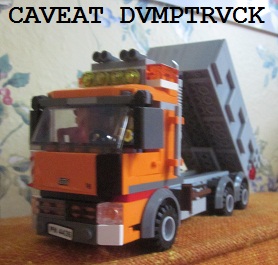Allegedly, the Korean language has no relative pronouns. So how do they phrasally modify a noun? They do this cool thing whereby they can nominalize a verb (and all its accompanying baggage, subject, object, etc.) and make it the object or subject of another verb. And this can pile up: a nominalized verb phrase functioning as the subject of another verb, which in turn is nominalized and made the subject of another, etc., ad infinitum.
I won’t even dare to try to show an example – I don’t want to embarrass myself by publishing mutilated Korean. But it’s mind-boggling complex and yet syntactically elegant. We can do it in English, within certain limits, but our natural Subject-Verb-Object word order makes it difficult to enchain indefinitely, while Korean’s Subject-Object-Verb order means the structures can nest comfortably. Maybe I can try to conjure some reliable and concrete examples.
Caveat: Verbcastles
Meanwhile, I have been contemplating sandcastles, and found this old picture of a sandcastle Jeffrey (my stepson), Andrew (my brother) and I built on a Santa Monica beach in 1994.

